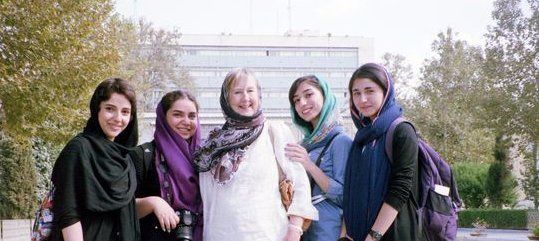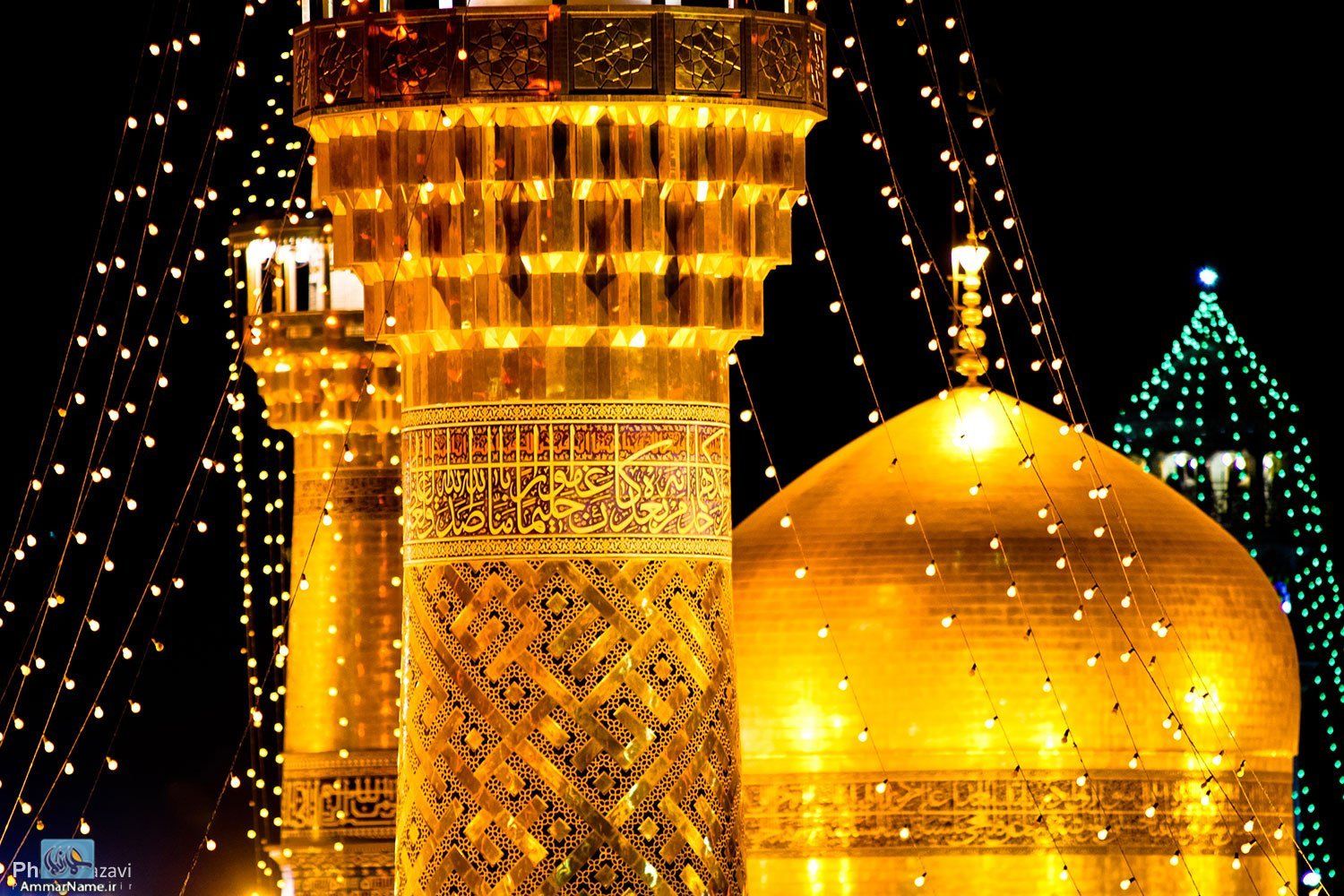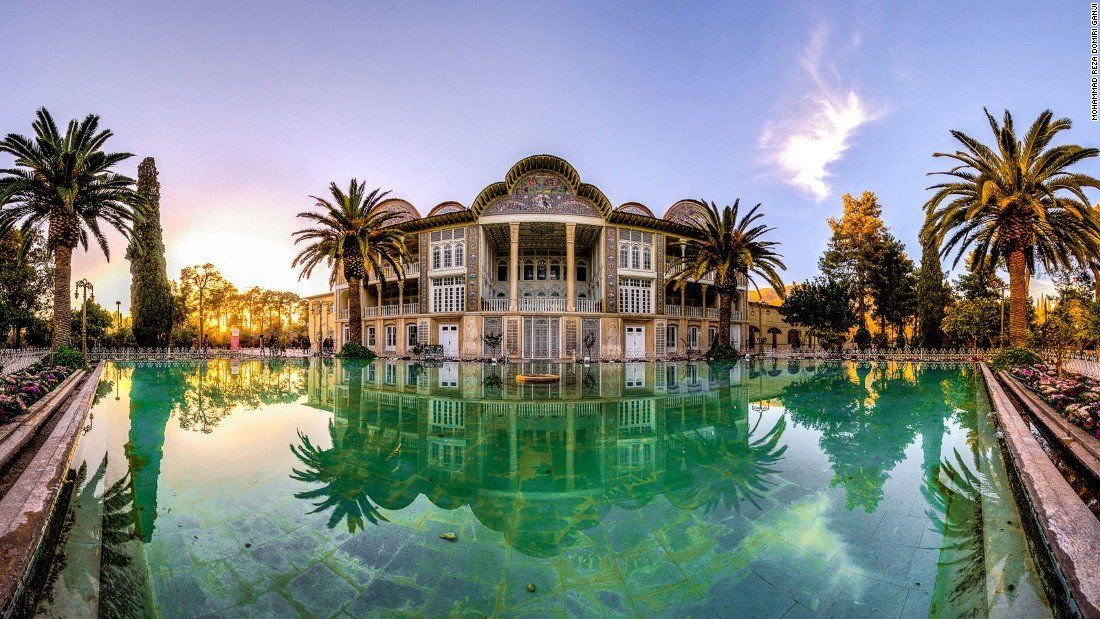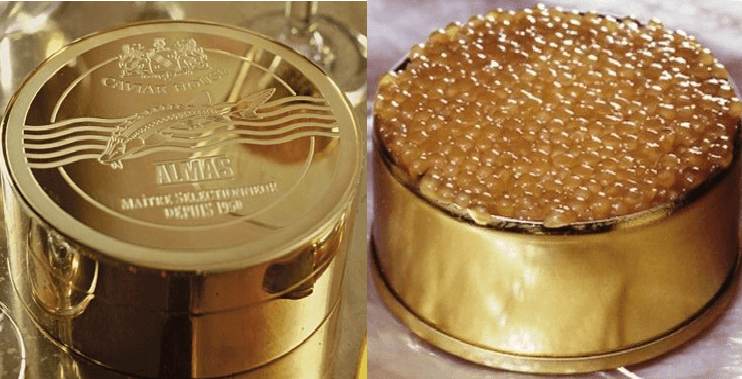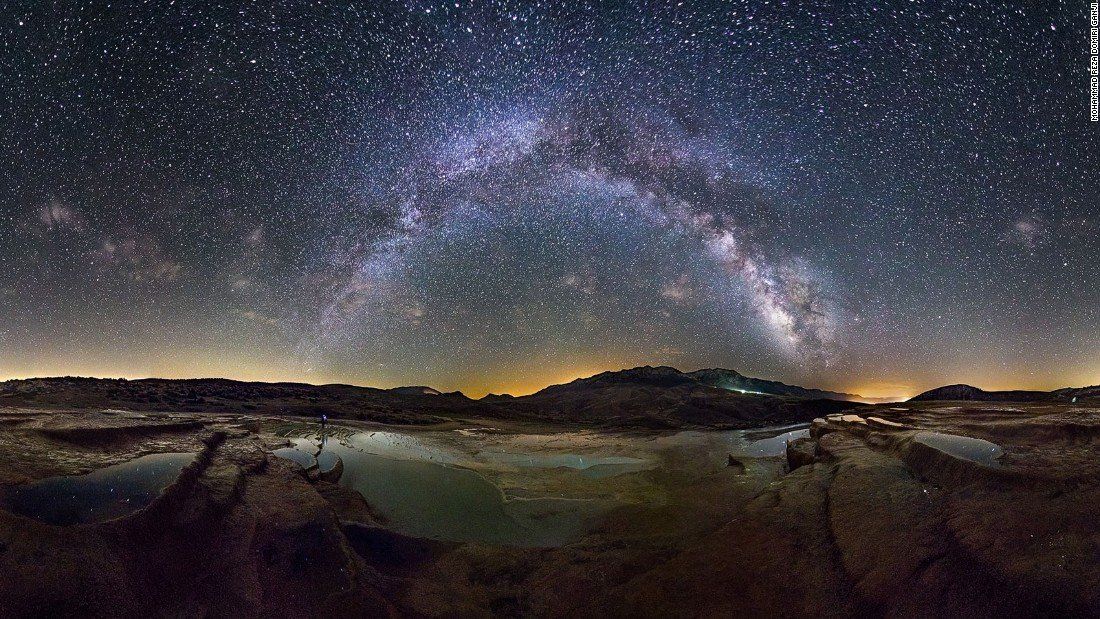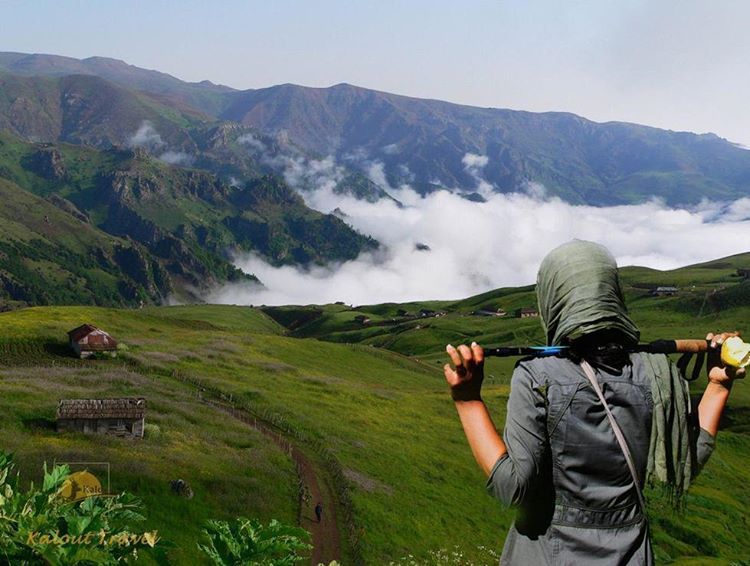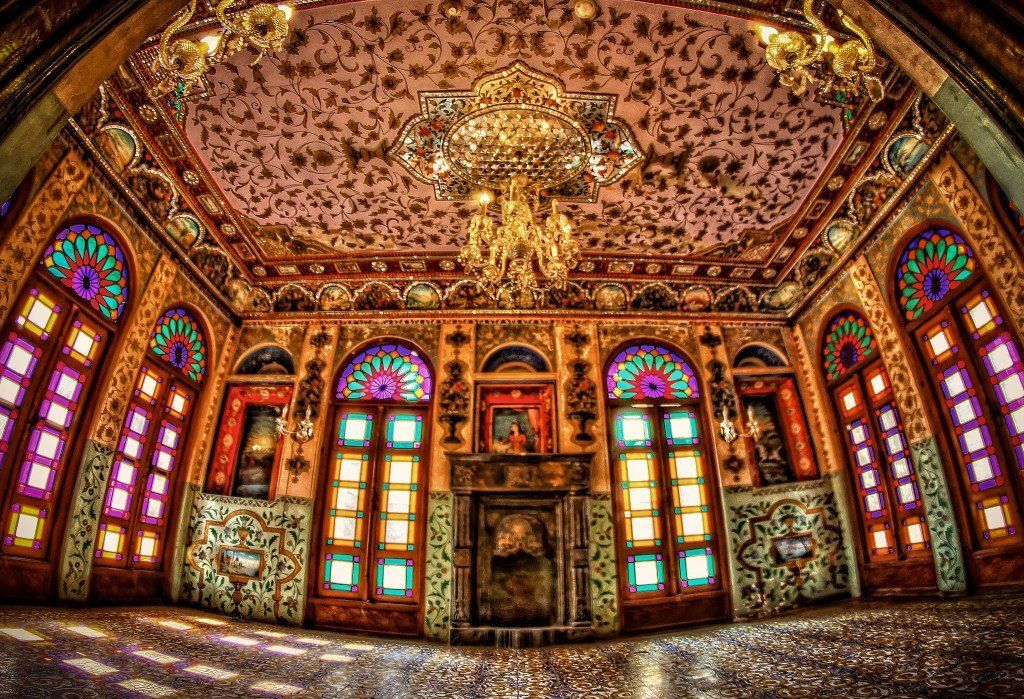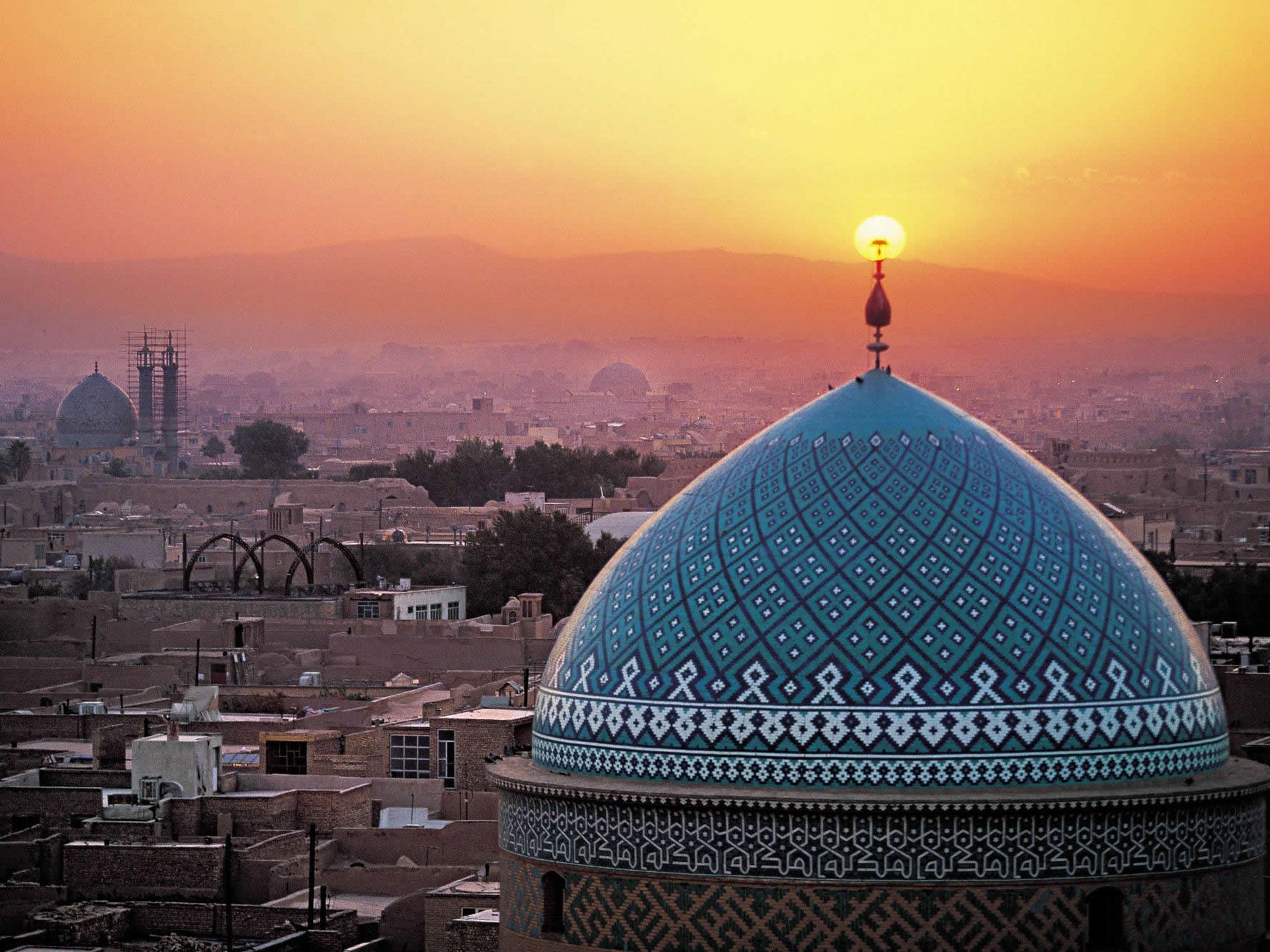Maragheh Attractions
Maragheh (Persian: مراغه, Azerbaijani: ماراغا Marağa), also Romanized as Marāgheh; also known as Marāgha), is a city in and the capital of Maragheh County, East Azerbaijan Province, Iran. At the 2012 census, its population was 163,859, in 47,982 families.
Maragheh is on the bank of the river Sufi Chay. The population consists mostly of Iranian Azerbaijanis who speak the Azerbaijani language. It is 130 kilometres (81 mi) from Tabriz.
Maragheh is an ancient city situated in a narrow valley running nearly north and south at the eastern extremity of a well-cultivated plain opening towards Lake Urmia, which lies 30 km to the west. The town is encompassed by a high wall ruined in many places, and has four gates. Two stone bridges in good condition, said to have been constructed during the reign of Hulaku Khan (1217-1265), who made Maragheh the capital of the Ilkhanate. Shortly thereafter it became the seat of the Church of the East Patriarch Mar Yaballaha III. The place is surrounded by extensive vineyards and orchards, all well watered by canals led from the river, and producing great quantities of fruit. The hills west of the town consist of horizontal strata of sandstone covered with irregular pieces of basalt.
One of the famous burial towers, the Gonbad-e-Kabud (Blue Tower, 1197), is decorated with decorative patterns resembling Penrose tiles.
Its marble, which is known throughout Iran as Maragha marble, is a travertine obtained at the village of Dashkasan near Azarshahr about 50 km north-west from Maragheh. It is deposited from water, which bubbles up from a number of springs in the form of horizontal layers, which at first are thin crusts and can easily be broken, but gradually solidify and harden into blocks with a thickness of about 20 cm. It is a singularly beautiful substance, being of pink, greenish, or milk-white color, streaked with reddish copper-colored veins. It is exported and sold worldwide under such names as Azarshar Red or Yellow.
Late Miocene strata near Maragheh have produced rich harvests of vertebrate fossils for European and North American museums. A multi-national team reopened the foissil site in 2008.
Maragha observatory
Venus transit 2004 at the site of observatory
Main article: Maragheh observatory
On a hill west of the town are the remains of the famous Maragheh observatory called Rasad Khaneh, constructed under the direction the Ilkhanid king, Hülagü Khan for Nasir al-Din al-Tusi. The building, which no doubt served as a citadel as well, enclosed a space of 340 by 135 meters, and the foundations of the walls were 13 to 2 meters in thickness. The observatory was constructed in the thirteenth century and was said to house a staff of at least ten astronomers and a librarian who was in charge of the library which allegedly contained over 40,000 books. This observatory was one of the most prestigious during the medieval times in the Islamic Empire during the golden age of Islamic science. The famous astronomer Ibn al-Shatir did much of his work in this observatory.
Other Attractions:
The tomb of Gunbad-Kabud, Qyrmyzy Gvnbz, Awhaduddin Awhadi, Temple of Mithra, Temple of Mehr
























